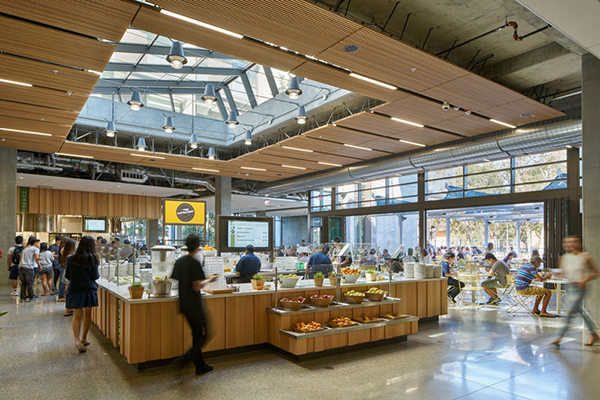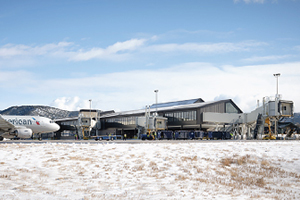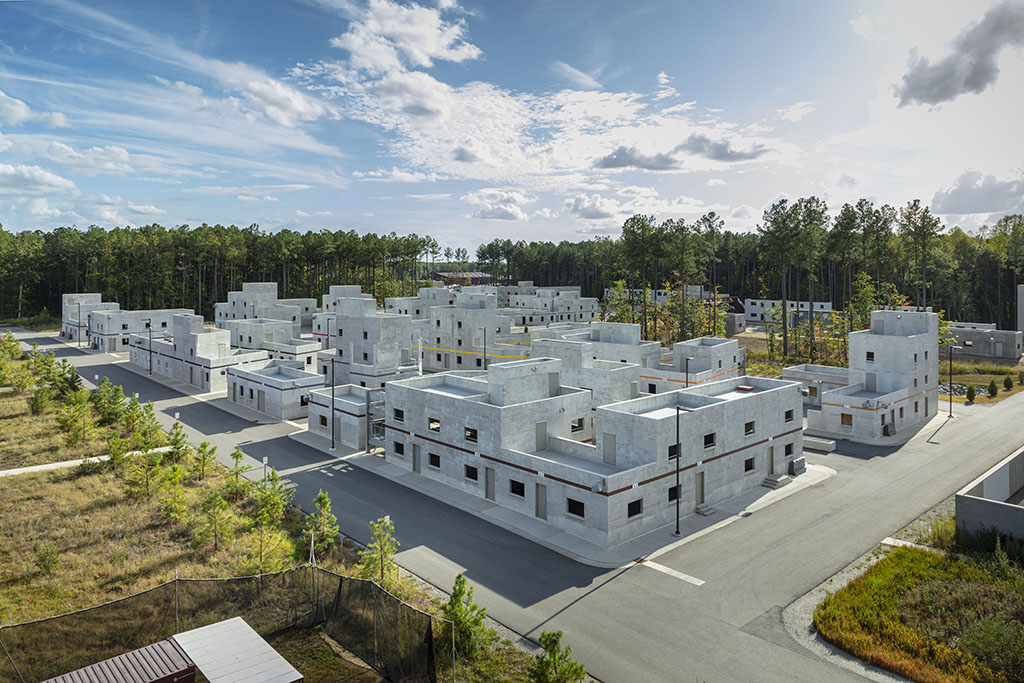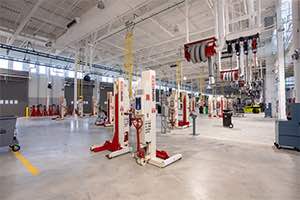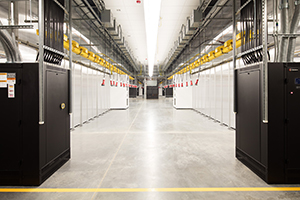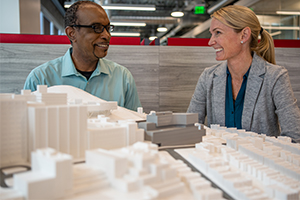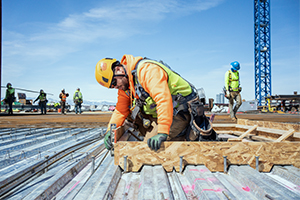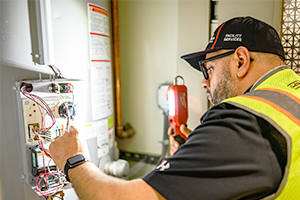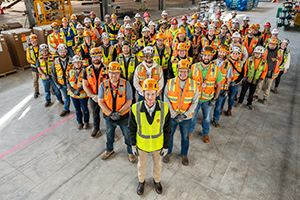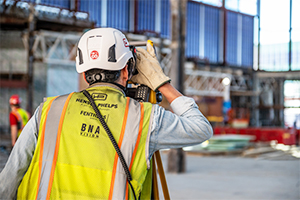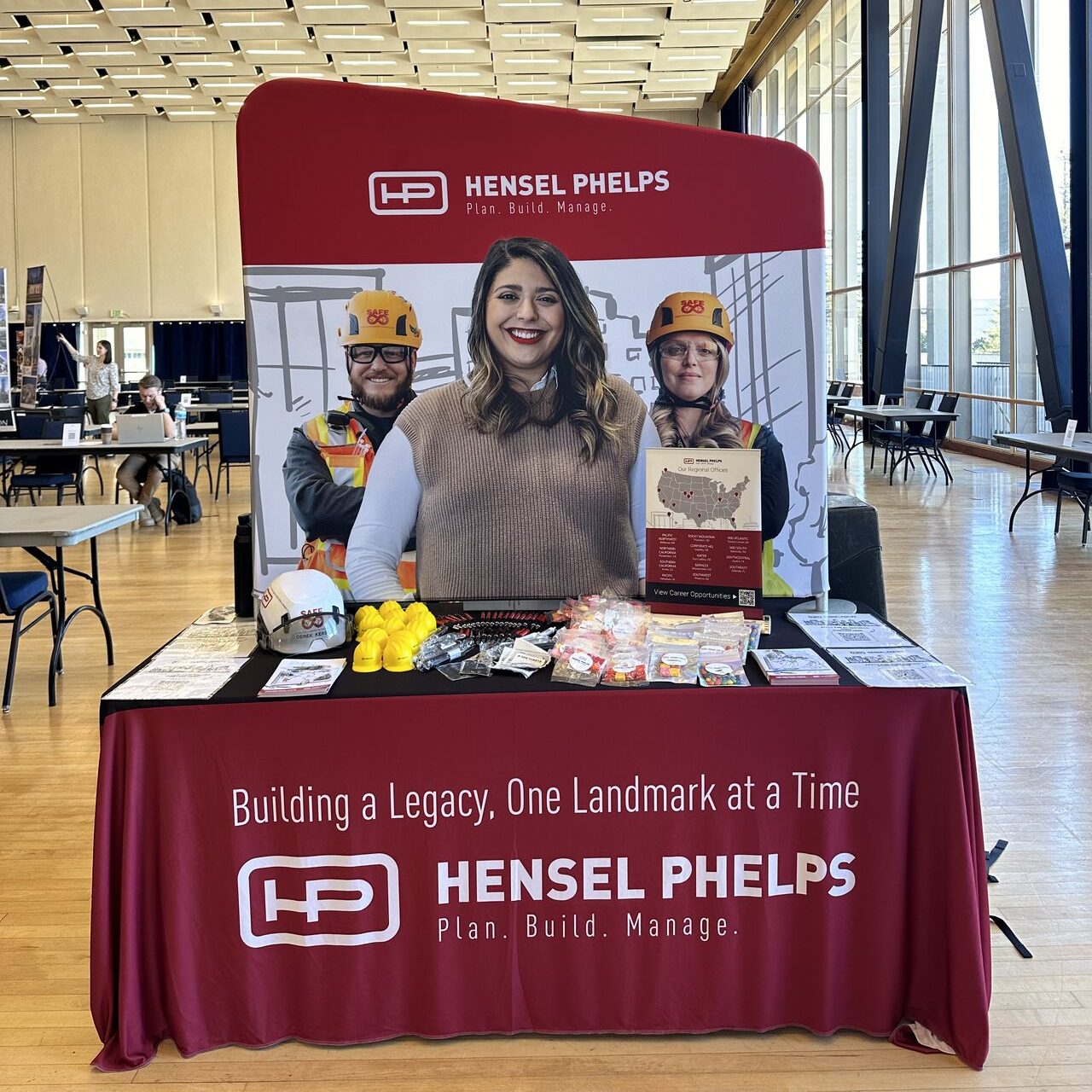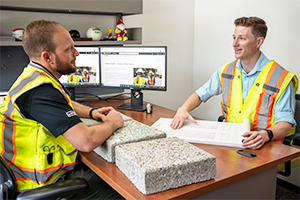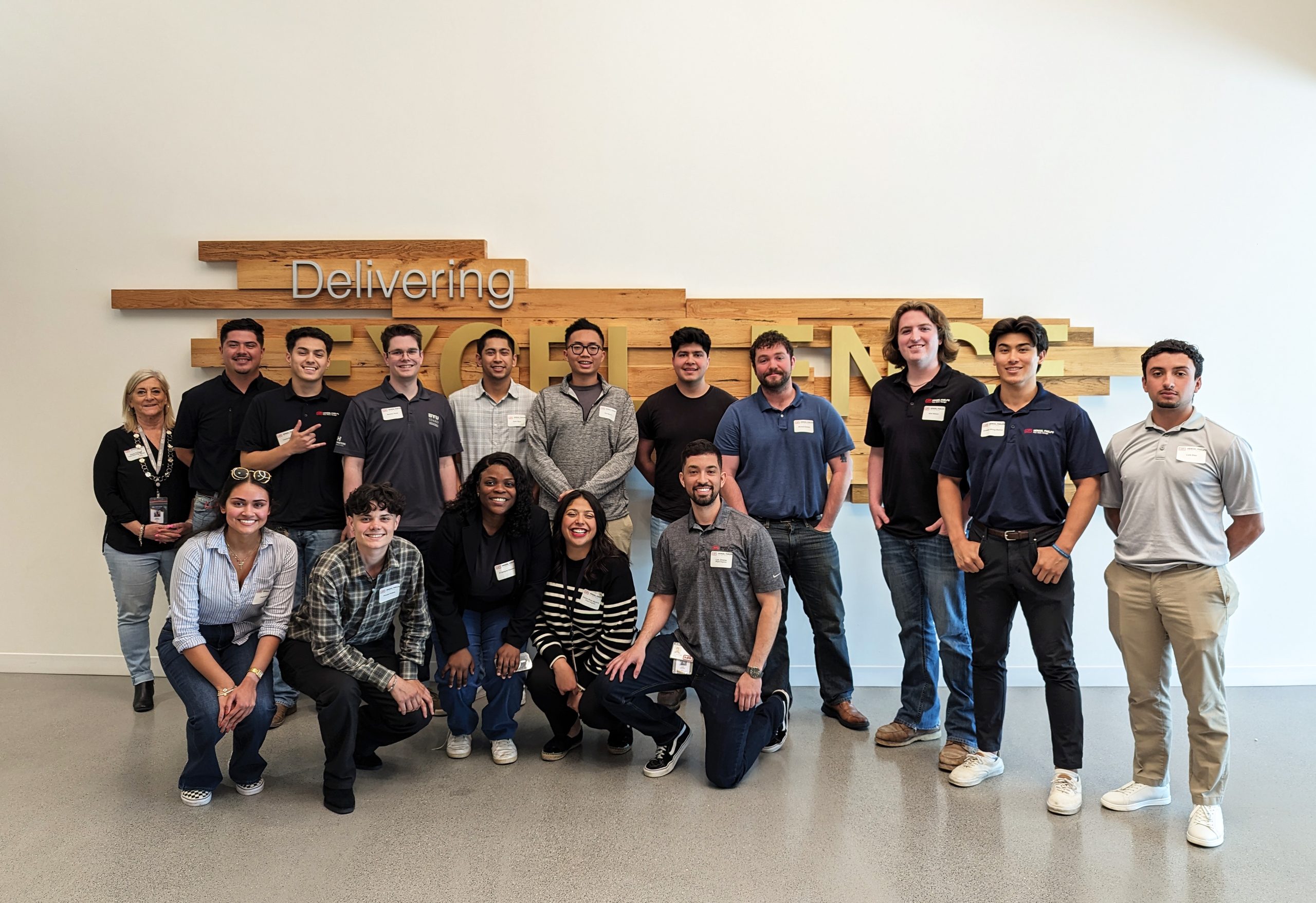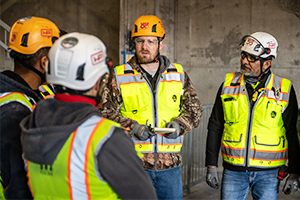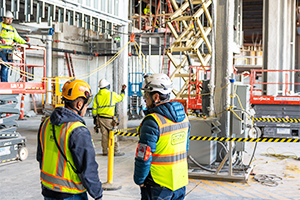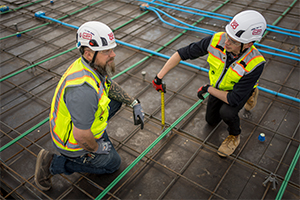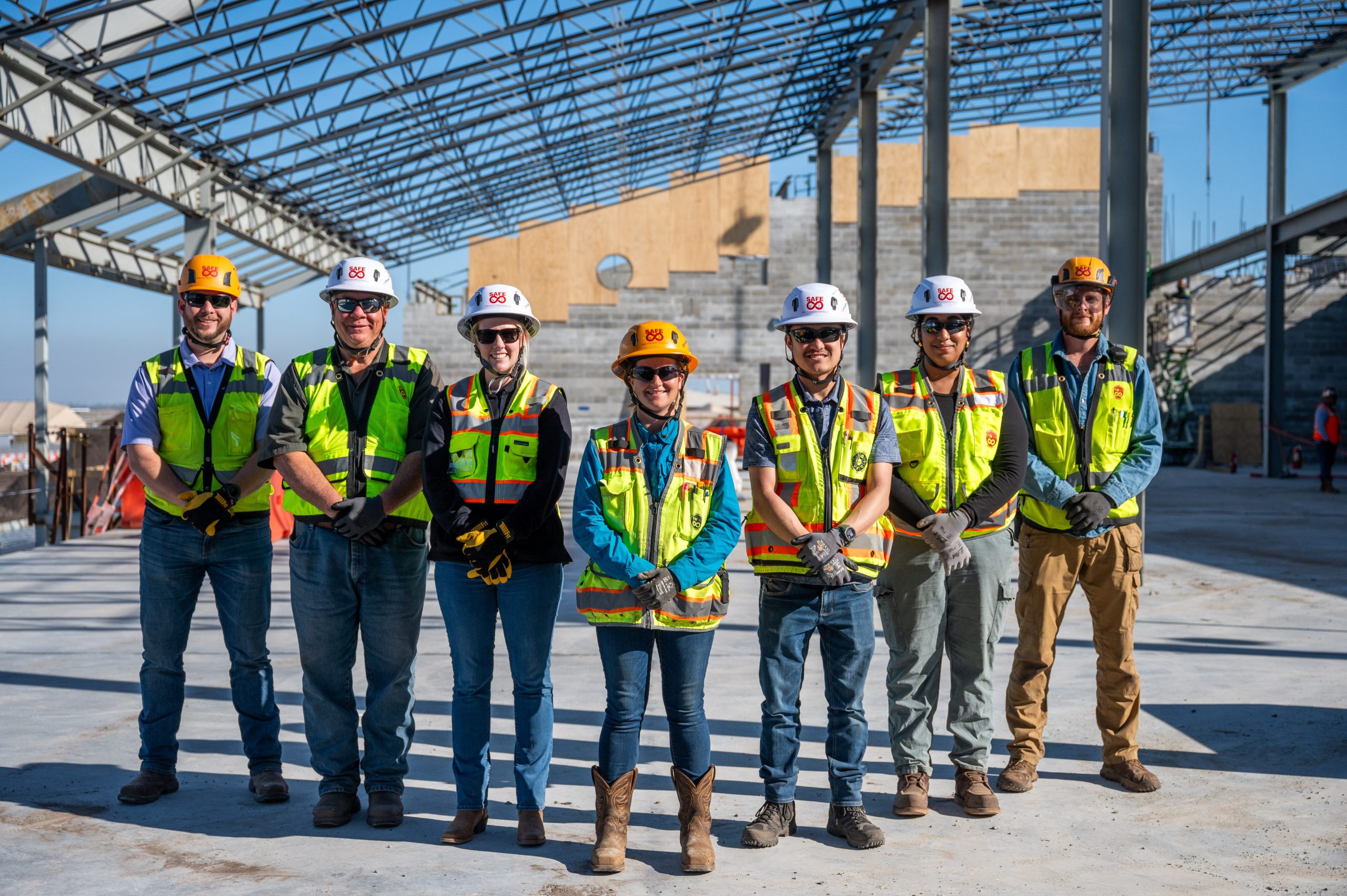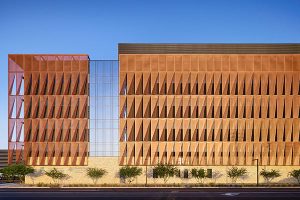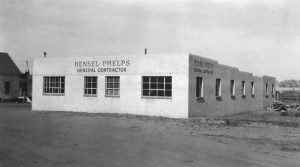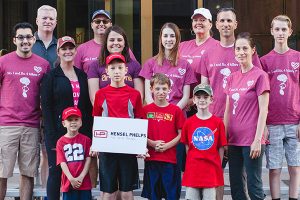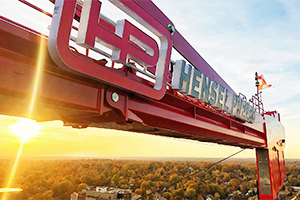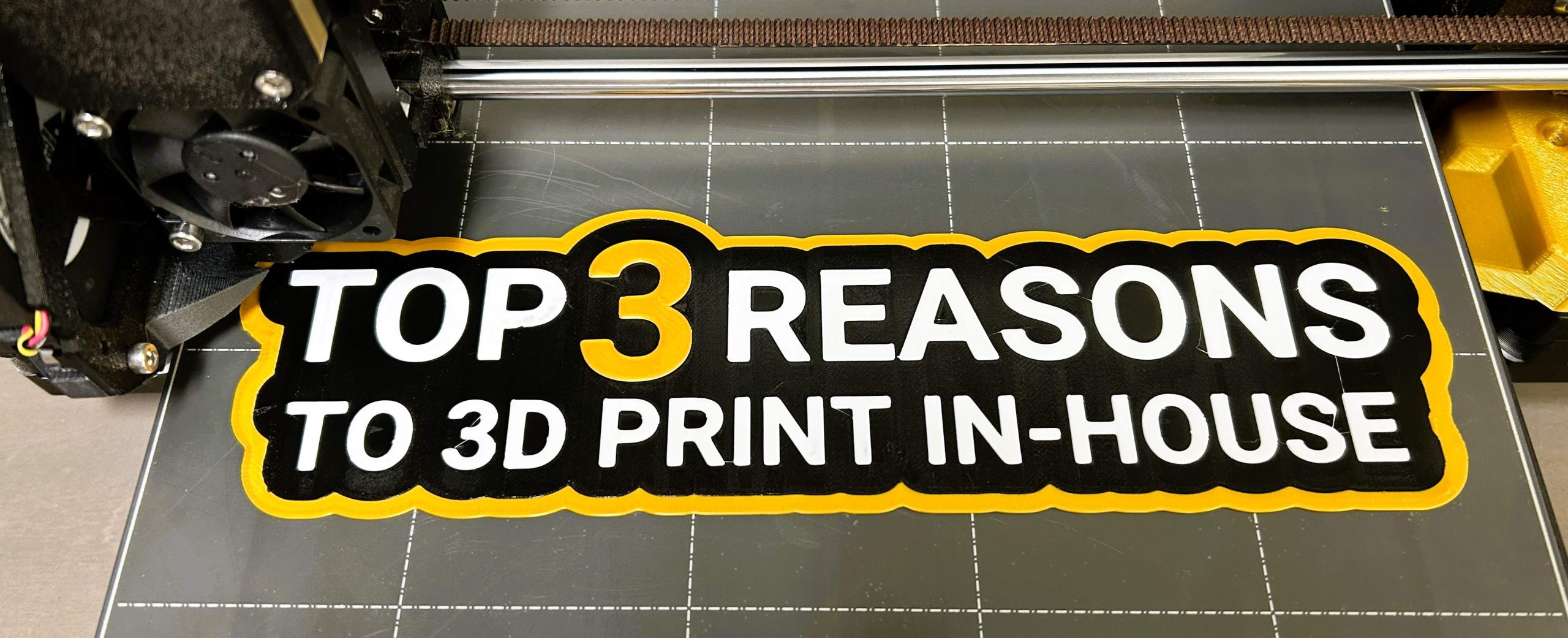
Although model building for design and architectural review has been used for over a century, it has only recently been put to large-scale use by the construction industry. Using 3D printing to produce a scaled model means easier replication, less production time, easier corrections and each copy is consistent compared to traditional methods. With a 3D-printed version of the model, communication and collaboration can be maximized to allow the entire team to physically handle and disassemble a replica of the upcoming build. It can be used as an educational model to showcase challenges in the future phases of the build and obtain buy-in from the teams that will be onsite. These are reasons why Hensel Phelps is among the first general contractors to use 3D printing in-house as part of our standard operations to benefit stakeholders and employees because 3D printing:
1. Solves Critical Problems Early
2. Provides a Visual and Hands-on Tool
3. Saves Time and Money
Solves Critical Problems Early
One of the primary reasons Hensel Phelps produces 3D printed models is to add value to the jobsite team, which not only includes Hensel Phelps employees, but trade partners, clients and designers. Unlike a digital 3D model viewed on a screen, a printed model’s physicality allows you to touch and pick up objects. This encourages a higher level of scrutiny and problem-solving from the team, resulting in increased collaboration and earlier detection of any discrepancies in the project.
Hensel Phelps’ 3D printed models are based on the actual construction plans. For example, the model shown is a 32-story skyscraper in which all the steel concrete decks and skin were made to reflect the superintendent’s construction schedule. The model allowed for easier planning and tracking of the 1900 Lawrence project’s construction on a tight site in Denver, Colorado, and solved critical problems early on, from changing the façade penetration details to efficiently coordinating the trades and materials. Furthermore, the project team used the model to show the construction process to stakeholders during meetings to make timely decisions.
“There are many ways to experience a design through visualizations like virtual reality and augmented reality, but the physical use of a 3D print allows multiple people to understand and interact on a much deeper level,” stated Senior Virtual Design and Construction Manager Jim Park. “It’s easier to understand what a project will look like physically; our models are also meant to be taken apart and snapped together with magnets to communicate phasing plans while highlighting safety and site logistics.”
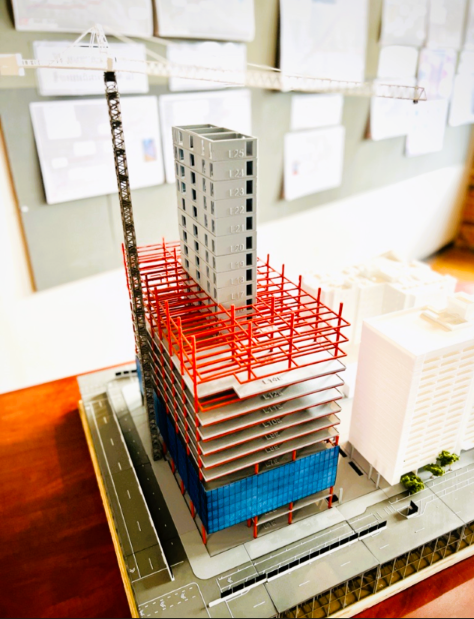
Provides a Visual and Hands-On Tool
3D printing turns a vision into reality while providing a visual and hands-on tool that engages our clients by effectively communicating the construction process. As a general contractor, Hensel Phelps’ project teams are accustomed to reading 2D design plans and understanding them in 3D, but this is not as easy for others. By 3D printing complex designs with interchangeable parts, Hensel Phelps and clients can discuss and change the model to show the best options from phasing plans, location of laydown space, public safety surrounding the jobsite and much more.
This is showcased on the 3D print model that was scaled to a 1:30 scale model of the entire 50-acre Sand Island Wastewater Treatment Facility in Honolulu, Hawaii. The model was designed to be an educational and interactive tool, showing all the buildings and process systems in the plant facility. This model incorporates the two new projects currently under construction. Each printed structure is magnetically attached to the base, allowing the full four-foot-by-six-foot print to hang on a wall and save space. The Phase 1 portion of the model utilizes a series of buttons and lights to highlight the different phases of water treatment, from primary effluent intake to thickener separating wastewater from sludge. Leaving the space open on the 3D model allows future facilities on the site to be printed for new work at the Sand Island Wastewater Treatment Facility.
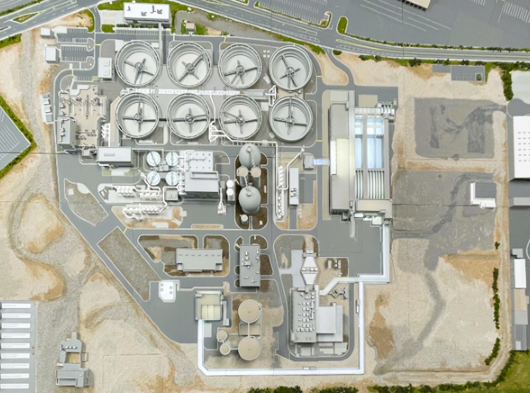
Saves Time and Money
In the past, traditional model methods only involved the architect and would be a very manual and tedious process. A team of designers would hand cut, glue and color entire models out of balsawood, which could take months and thousands of dollars to produce. As with any design, changes are a normal part of the process, but they are hard to implement in a timely manner for traditional models. By leveraging the power of virtual design and the capabilities of a 3D printer in-house, Hensel Phelps reduces the inefficiencies of traditional models to save time and money for all stakeholders. Their 3D print experts quickly create 3D models from scratch and print them the same day at an accurate scale. The equipment and material cost in 3D printing has progressed to a point where the costs are manageable, especially when depicting an owner’s vision combined with Hensel Phelps’ experience.
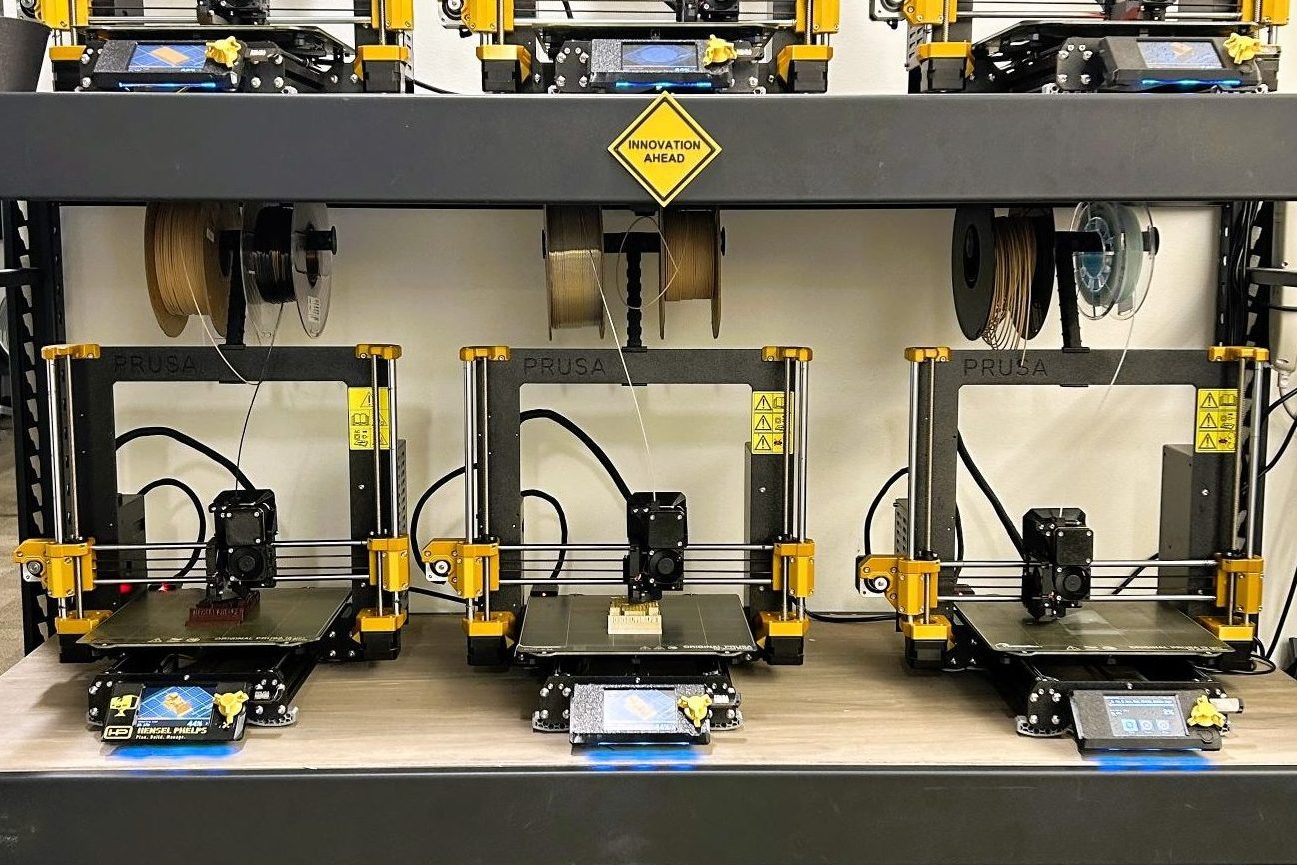
The Future of 3D Printing
For now, Hensel Phelps uses mass 3D printing at a model scale, and their growing team of experts is already looking toward the future, where they can advance their in-house 3D printing. They are exploring new materials such as metal or concrete to leverage the benefits of systems where automation will make Hensel Phelps’ projects safer and more sustainable.
To learn more about how Hensel Phelps is investing in the future of building innovation, check out Diverge.


